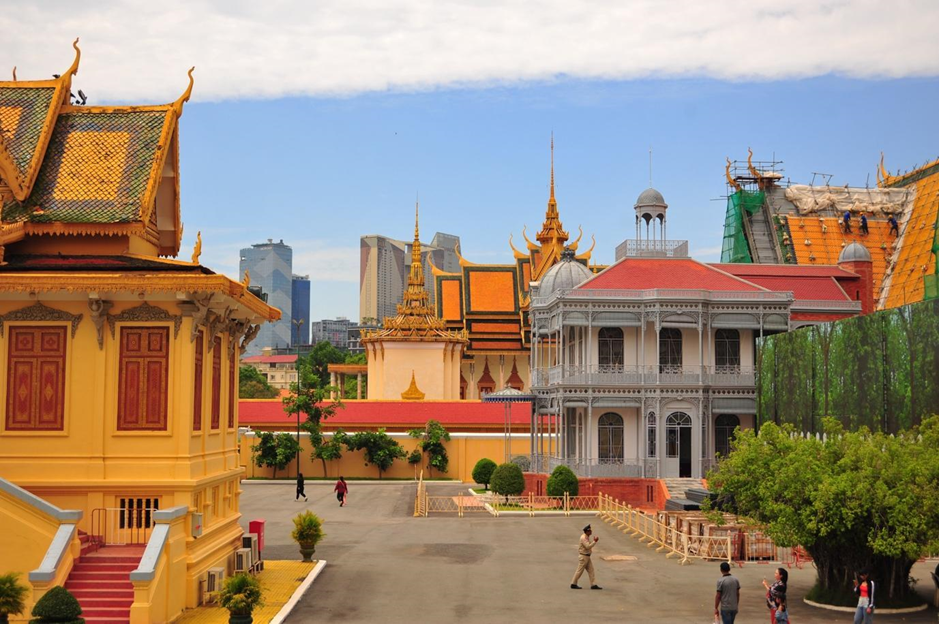Cambodia & History: Visit to the Hill Tribes Memory Community Center, Mondulkiri
- Youk Chhang

- Jun 30
- 3 min read
In early 2023, the Documentation Center of Cambodia (DC Cam) launched a project entitled “Community Memory Center for Hill Tribes” in the village of Putaing, Romnea district, Sen Monorom town, Mondulkiri province. The center supports survivors of the Khmer Rouge genocide by strengthening its community development activities.

Testimony
Collected from a survivor by the DC Cam team during a recent visit to the Community Center:
My name is Tran Savoeun. I was born in 1933 in the village of Poutaing, where my parents and ancestors lived. My wife's name is Bleung Yi, she is 82 years old. She is also Phnorng. I grew up working in the rice fields and helping my parents tend cattle and elephants. We had two elephants and 20 cattle.
When I was about 30 years old, I saw North Vietnamese and South Vietnamese soldiers passing through our village. They never stayed here.
Between 1962 and 1965, North and South Vietnam fought a war. The soldiers used bicycles to transport rice and ammunition. South Vietnamese soldiers crossed Mondulkiri with rifles. Later, I began to hear about American soldiers and planes. They declared a state of emergency, announcing from the planes: “Expel the Vietnamese from this region. Don't let them fight here,” in Khmer, Vietnamese, and French. They did this every two or three days for about three months. After the announcements ended, the bombings began in Mondulkiri, three to four times a day. That was around 1969. I escaped the bombing, but my two elephants did not. They were killed by gunfire from the planes. We were very disappointed, but we couldn't express our dissatisfaction for fear of reprisals. In 1970, the Khmer Rouge took complete control of Mondulkiri and imposed their dictatorship on us. Our way of life changed completely.
In 1976, my entire family and village were evacuated to Koh Nhek district for fear of the arrival of the Vietnamese and the mistreatment of our people. Believe it or not, we had to leave because of this rumor and did not dare to ask for more details or explanations.
I took only a few belongings with me, including my traditional clothing, a packet of rice, and other personal items. I was assigned to work in the rice fields. Despite the hard labor, I received only two meals a day: one around 11 a.m. and one around 5 p.m. What I remember most is the Khmer Rouge's regime.
I worked very hard, but I was accused of being lazy and forced to engage in self-criticism.
In 1979, when the Vietnamese troops arrived, we were sent back to our home village. I stayed in the provincial town until 1982, then returned to the village.
I was drafted into the army under the People's Republic of Kampuchea. I served in the army until I retired.
Today, I have some health problems. I suffer from joint and chest pain due to overwork during the Khmer Rouge regime and my advanced age.
As for ethnic identity, I do not consider it to be under threat because it has been protected. However, I do consider our socio-economic situation and health to be under threat because we work very hard but earn very little, which is not enough to support ourselves and our children.
Team: Sok Vannak, Prum Sopheak, Sa Rorpikin, and So Farina
Photos: Sa Rorpikin, So Farina, and Sok Vannak
Text: So Farina - Documentation Center of Cambodian Archives
Center designed by Yorn Kim Hong and Kim Seng, volunteers at DC-Cam CamboCorp
Video during the construction of the center:







Comments